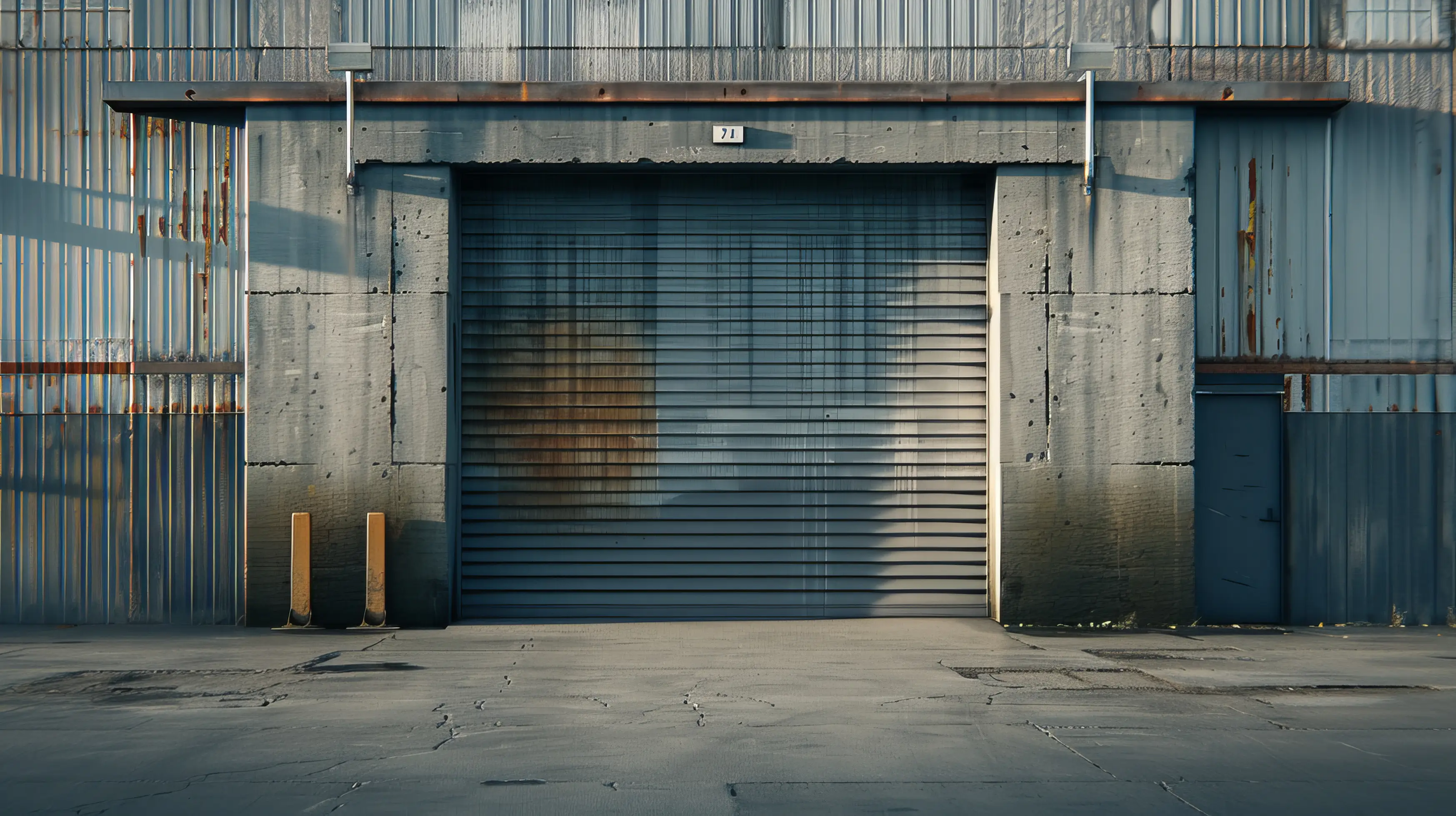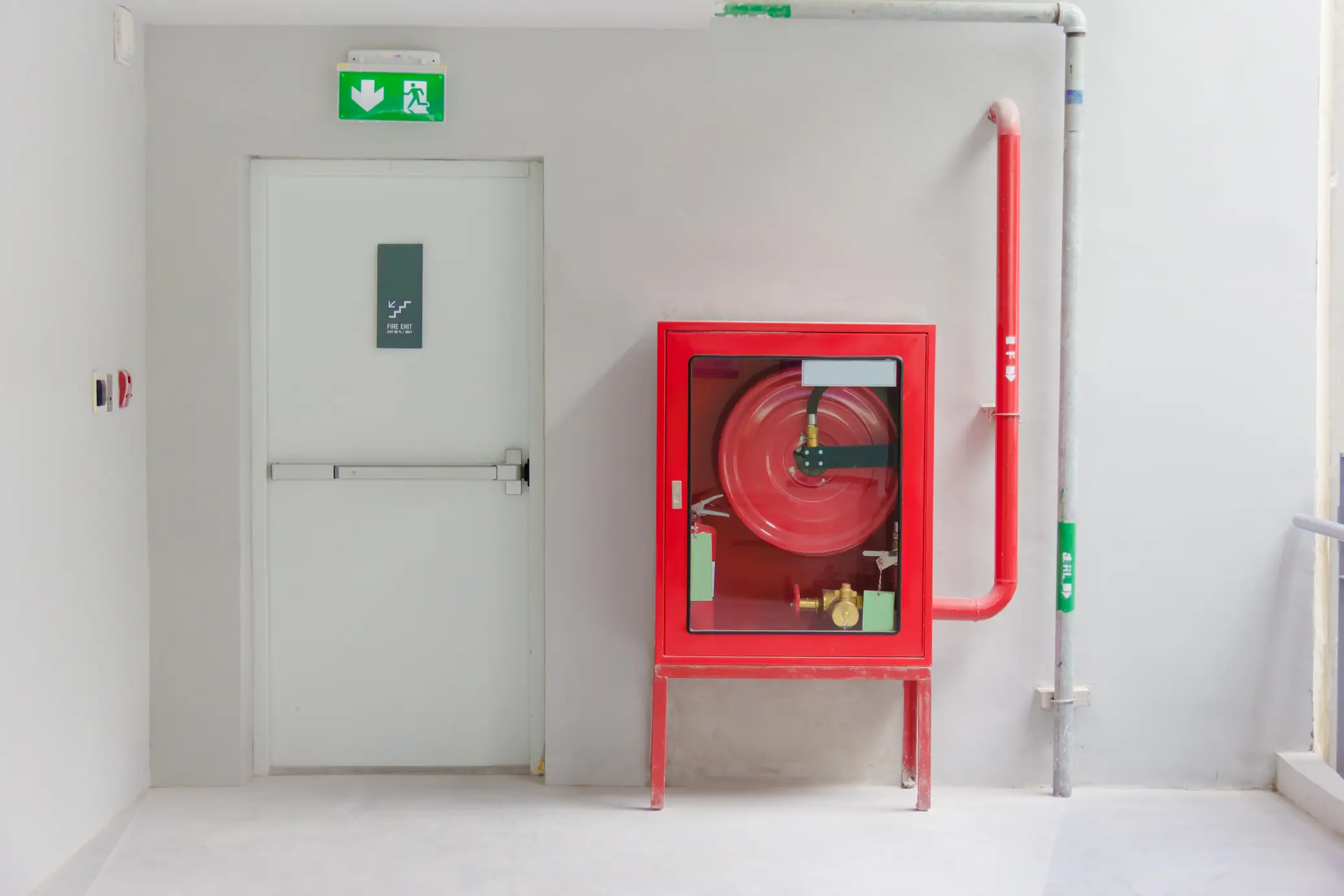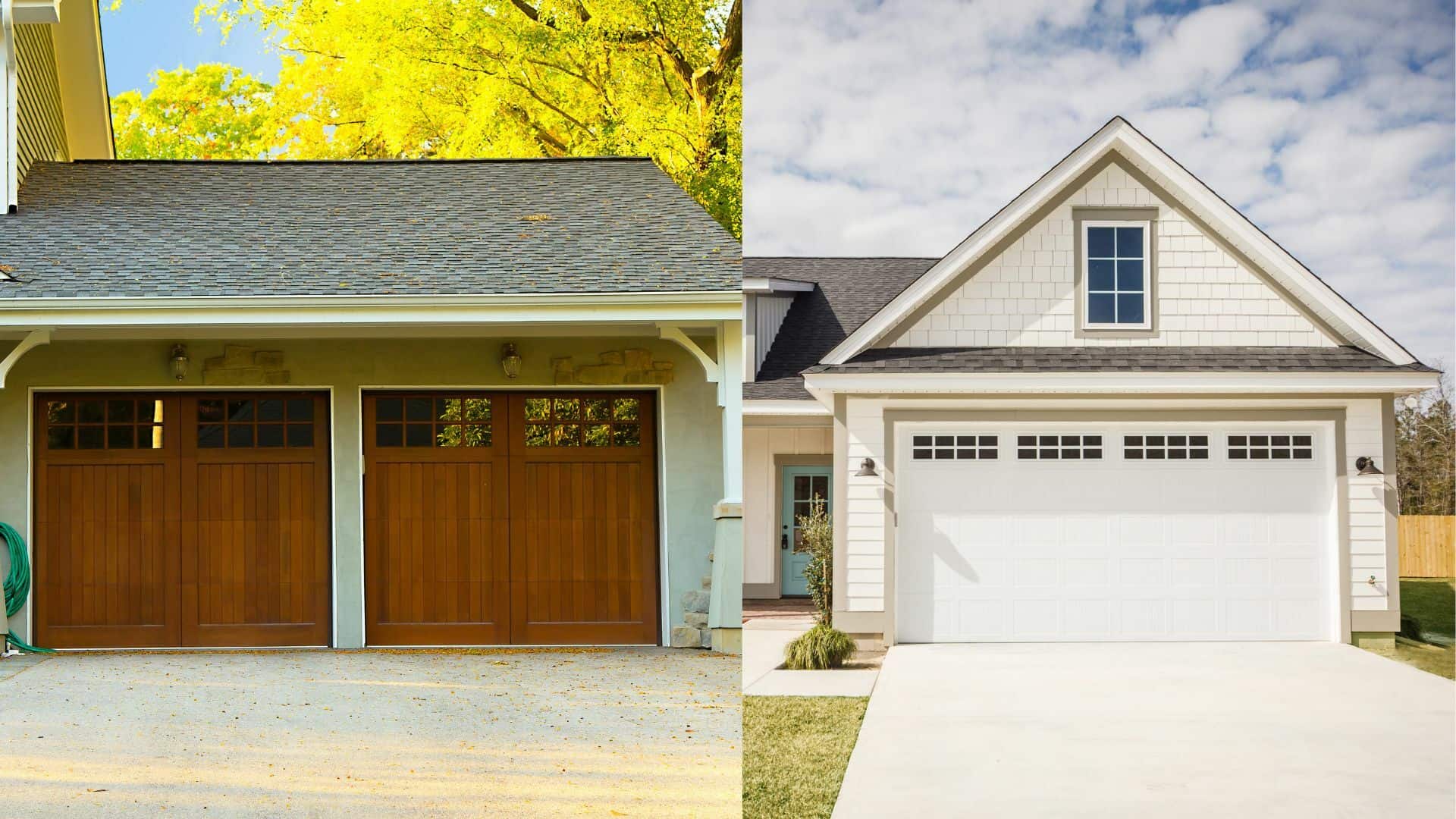Your residential garage door relies on a complex system of components to function properly, and one crucial element is the garage door springs. These springs play a vital role in lifting and lowering the heavy garage door, making it easier to access your garage. This detailed blog will explore the various types of residential garage door springs, their functions, maintenance tips, and when it’s time for replacement.
Understanding Residential Garage Door Springs
In the world of residential garage doors, springs play a pivotal role that often goes unnoticed until something goes wrong. This comprehensive guide aims to shed light on all aspects of residential garage door springs, empowering homeowners with knowledge about their types, functions, maintenance practices, and when it’s time for replacement.
Whether you’re a seasoned DIY enthusiast or a homeowner seeking insights into your garage door’s vital components, this guide will equip you with the information needed to ensure your garage door’s safe and smooth operation for years.
From the familiar torsion springs to the less-known torque master springs, we’ll dive deep into each type, exploring their mechanisms and applications.
Additionally, we’ll provide essential maintenance tips to keep your springs in top condition, preventing costly repairs and ensuring your garage door operates reliably. When the inevitable time for replacement arrives, we’ll guide you on recognizing the signs of spring failure and why entrusting this task to a professional garage door technician is crucial.
Elevate your garage door knowledge and enhance the safety of your home with the Ultimate Guide to Residential Garage Door Springs.
Types of Residential Garage Door Springs
1. Torsion Springs
- Torsion springs are the most common type used in residential garage doors.
- They are typically mounted above the garage door and wind and unwind to lift and lower the door.
- Available in various sizes and capacities to match different door weights.
2. Extension Springs
- Extension springs are commonly seen on older garage door models.
- They extend and contract to help lift and lower the door.
- Usually, two extension springs are installed on each side of the door.
3. Torque Master Springs
- These springs are encased in a steel tube, providing safety and aesthetics.
- Commonly used in modern garage doors.
- They work similarly to torsion springs but are hidden within the tube.
The Function of Garage Door Springs
Garage door springs counterbalance the door’s weight, making it easy to open and close. The springs in your garage door opener store energy as they wind or expand when the opener is turned on (for torsion and torque master springs, respectively). This stored energy is then released to lift the door and gradually released to lower the door safely.
Garage Door Spring Maintenance
To increase the longevity of your garage door springs and guarantee the security of your garage door system, proper maintenance is crucial. Here are some maintenance tips:
1. Visual Inspection
Regularly inspect the springs for signs of wear, rust, or damage. Look for gaps in extension springs or fraying in torsion springs.
2. Lubrication
Apply a silicone-based garage door lubricant to the springs to reduce friction. Do this every six months or as needed.
3. Balancing
Ensure that your garage door is properly balanced. If it seems heavy or uneven, it could strain the springs.
4. Professional Inspection
Schedule an annual inspection by an experienced garage door technician. They have the ability to spot potential problems before they develop into serious ones.
Signs of Garage Door Spring Failure
Knowing when it’s time to replace your garage door springs is crucial for safety. Look out for these signs:
1. Sagging or Imbalanced Door
If your garage door appears uneven or sags on one side, it may indicate a spring problem.
2. Loud Bang or Pop
A sudden loud noise when operating the door can signal a spring break.
3. Difficulty Opening or Closing
If the door is becoming heavier to lift or close, it may be due to spring issues.
4. Visible Damage
Obvious damage, such as gaps, cracks, or rust, indicates a need for replacement.
Garage Door Spring Repair: A Crucial Service for Safety
Your garage door springs might not be the first thing on your mind when you think about home maintenance, but they are undeniably critical to the functionality and safety of your garage door system. When these springs fail, it can lead to significant inconveniences, potential damage to your vehicle or property, and even safety hazards.
Garage door spring repair is a specialized service that addresses these essential components’ wear and tear, breakage, or malfunctioning. It’s important to notice the warning indications of problems, such as loud noises when operating, an unbalanced door, or obvious damage to the springs, whether you have extension springs or torsion springs.
Due to the tremendous stress involved, attempting to repair or replace them yourself might be risky, necessitating professional assistance.
A skilled garage door technician will diagnose the issue accurately and use the right tools and techniques to ensure a safe and effective repair, restoring your garage door to optimal performance and safeguarding your home.
Please pay attention to the importance of garage door spring repair; it’s a proactive measure that can prevent costly repairs and maintain the security of your home.
Garage Door Spring Replacement
Replacing broken garage door springs is best for professionals due to the high tension. Attempting to replace them yourself can lead to accidents or further damage. Contact a licensed garage door technician immediately when you suspect a spring issue.
The cost of garage door spring replacement might differ depending on a number of factors, including the type of springs in your garage door, your location, and your chosen service provider.
Torsion springs, more commonly used in residential garage doors, tend to be more expensive to replace than extension springs. Factors like the size and weight of your garage door, the brand of springs used, and any additional repairs required can also influence the final cost.
It’s important to remember that attempting a DIY replacement of garage door springs can be extremely dangerous due to the high tension. Hiring a professional garage door technician is highly recommended.
While the replacement cost might seem significant, it’s a worthwhile investment in the safety and functionality of your garage door, ensuring it operates smoothly and reliably while reducing the risk of accidents or further damage.
Conclusion
Understanding the importance of residential garage door springs, their types, maintenance, and when to replace them is essential for the safety and functionality of your garage door. Regular maintenance and professional assistance when needed will help ensure your garage door operates smoothly and safely for years.
We recommend that you get your garage doors and springs inspected once a year, any worn parts replaced, and garage door openers tested. It is a good habit to replace essential operational and safety elements before they break and examine the functioning of your door and the details that keep it operating safely.
Small, low-cost parts are frequently found to cause door failures, and an investment in planned maintenance can save injuries, damage, and money.
Call us to schedule a maintenance appointment with our installation/repair experts. We’ll thoroughly inspect using our detailed checklist to keep your doors operating as they should.



